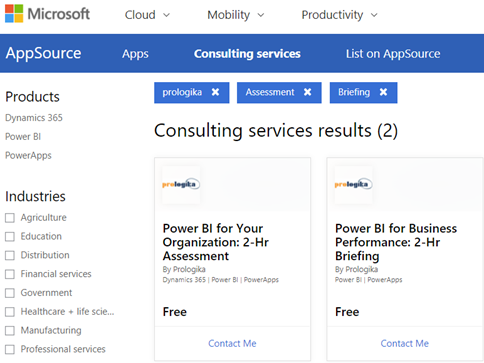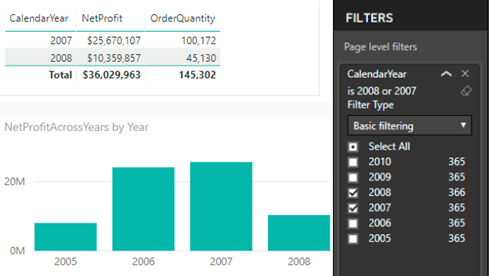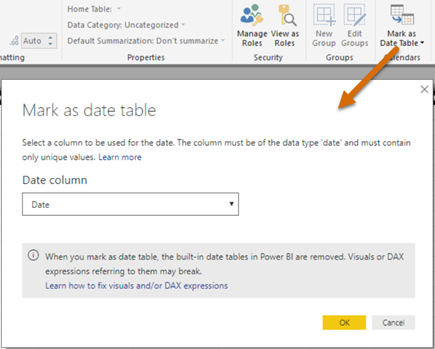Atlanta MS BI and Power BI Group Meeting on April 30th
MS BI fans, join us for the next Atlanta MS BI and Power BI Group meeting on Monday, April 30th at 6:30 PM. Patrick LeBlanc will do a deep dive into Power BI Report Server. TEKsystems will sponsor the meeting. And your humble correspondent will demo several latest Power BI features: buttons and Q&A. For more details, visit our group page and don’t forget to RSVP (use the RSVP survey on the group page) if you’re planning to attend.
Atlanta BI Group April 30th Meeting Reminder
Please RSVP to help us plan food by 2 PM on the day of the meeting by latest:
- Go to the Atlanta BI home page (atlantabi.pass.org).
- Choose Yes and submit the RSVP survey found at the right top corner of the page.
Please note that the voting system tracks votes by cookies. If you don’t see the option to submit the survey, clear your browser cookies, or right-click the Internet Explorer icon, and then click Start InPrivate Browsing. Free covered parking is available at South or North Terraces. Or, use the free open non-ticket parking next to North Terraces (coming north on Ashford Dunwoody, turn left on Perimeter Center Terrace and them immediately right).
| Presentation: | Power BI Report Server: A Deep Dive |
| Level: Intermediate | |
| Date: | April 30, 2018 |
| Time | 6:30 – 8:30 PM ET |
| Place: | South Terraces Building (Auditorium Room) 115 Perimeter Center Place Atlanta, GA 30346 |
| Overview: | So, you think you know everything you need to know about the Power BI Report Server because you use traditional SQL Server Reporting Services. Well, don’t believe it. In this session we are going to discuss topics such as Configuring Kerberos to resolve connectivity issues. We will discuss different authentication types, when you need them, why you need them and how to use them. We will then jump into configuring your report server to host Excel workbooks using Office Online Server. Finally, we will demonstrate how to configure an SSAS Power Pivot instance for the Excel data model. In addition to these topics, we will discuss other advanced topics such as connectivity and high availability during this demo-heavy session. |
| Speaker: | Patrick LeBlanc is a currently a Data Platform Solutions Architect. Along with his 15+ years’ experience in IT he holds a Master of Science degree from Louisiana State University. He is the author and co-author of five SQL Server books. Prior to joining Microsoft, he was awarded Microsoft MVP award for his contributions to the community. Patrick is a regular speaker at many SQL Server Conferences and Community events. |
| Sponsor: | People are at the heart of every successful business initiative. At TEKsystems, we understand people. Every year we deploy over 80,000 IT professionals at 6,000 client sites across North America, Europe and Asia. Our deep insights into IT human capital management enable us to help our clients achieve their business goals – while optimizing their IT workforce strategies. We provide IT staffing solutions, IT talent management expertise and IT services to help our clients plan, build and run their critical business initiatives. |
| Prototypes with Pizza | “Buttons and Q&A Explorer” by Teo Lachev |

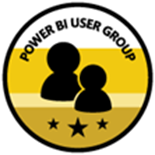
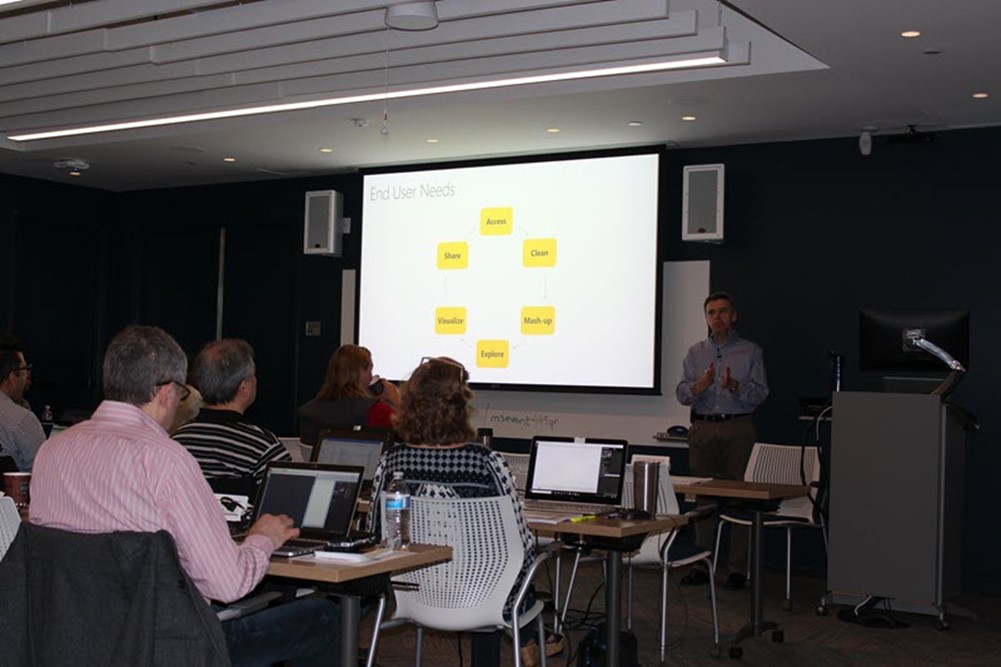
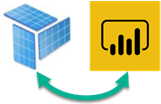
 With hundreds of vendors out there, choosing a BI tool isn’t easy. If you’ve been following me for a while, you know that I love Power BI. One of the Power BI most prominent strengths is that it’s a part of the much broader Microsoft Data Platform that spans various on-premises and cloud offerings for data storage, processing, and analysis. Thanks to this integration, you can implement real-time dashboards, extend your Power BI reports with predictive capabilities, integrate with Big Data, and much more. In this newsletter, I’ll talk about an exciting integration option: extending Power BI with business applications, thanks to its integration with PowerApps and Flow. And if you happen to be in the Microsoft office in Alpharetta, feel free to ask for a demo of the Power BI Writeback that Prologika prepared and deployed to the Microsoft environment. You’ll be directed to one of the big screens when you can test the report that I mention in this newsletter.
With hundreds of vendors out there, choosing a BI tool isn’t easy. If you’ve been following me for a while, you know that I love Power BI. One of the Power BI most prominent strengths is that it’s a part of the much broader Microsoft Data Platform that spans various on-premises and cloud offerings for data storage, processing, and analysis. Thanks to this integration, you can implement real-time dashboards, extend your Power BI reports with predictive capabilities, integrate with Big Data, and much more. In this newsletter, I’ll talk about an exciting integration option: extending Power BI with business applications, thanks to its integration with PowerApps and Flow. And if you happen to be in the Microsoft office in Alpharetta, feel free to ask for a demo of the Power BI Writeback that Prologika prepared and deployed to the Microsoft environment. You’ll be directed to one of the big screens when you can test the report that I mention in this newsletter.

